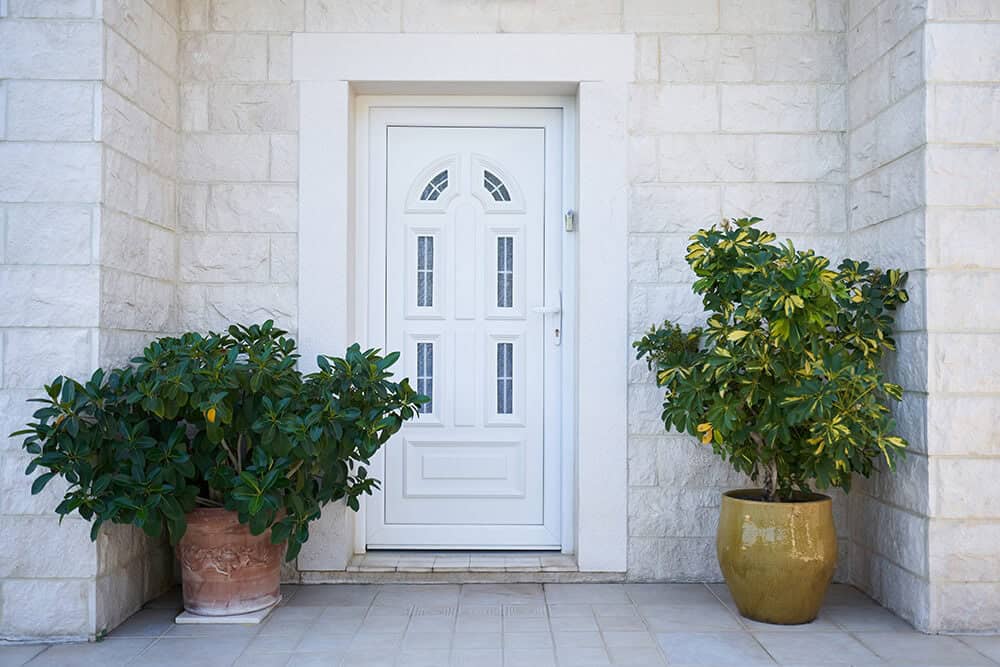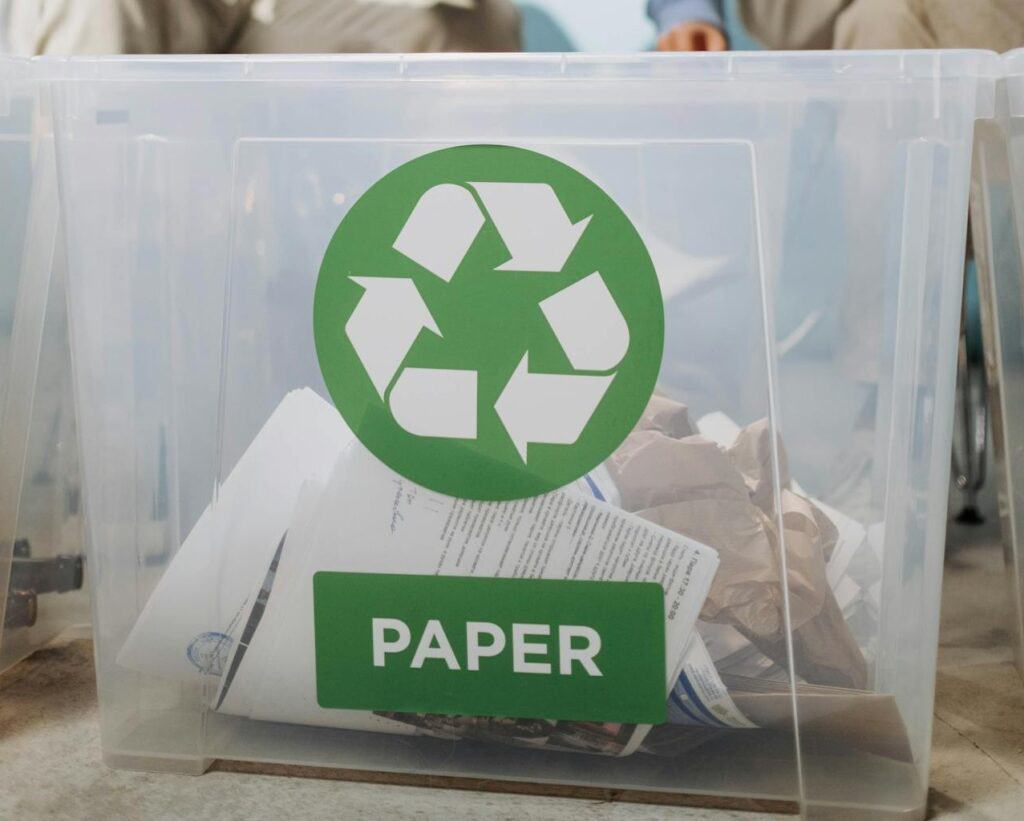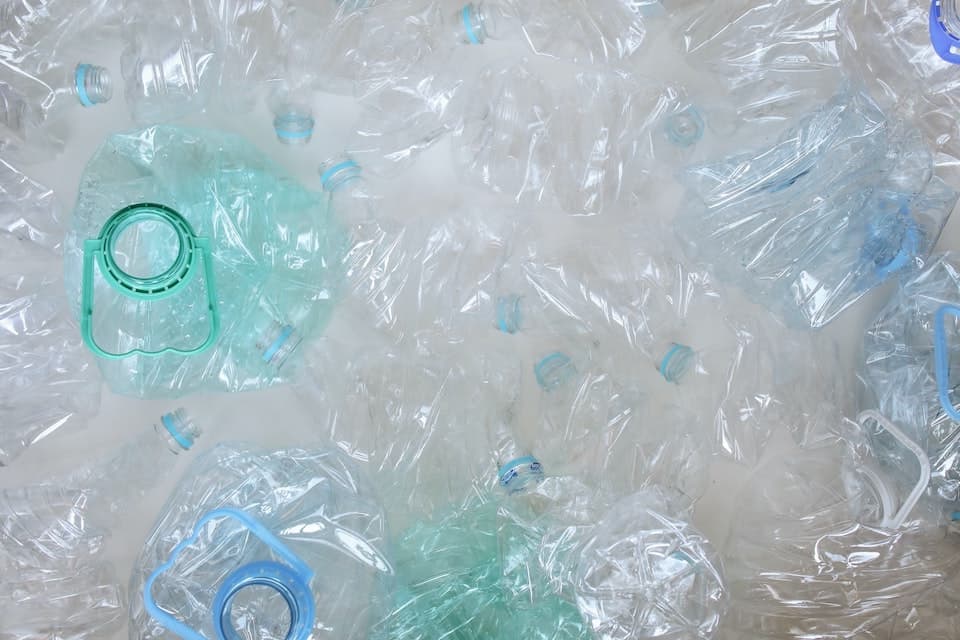uPVC doors are made using unplasticised polyvinyl chloride (uPVC) and an insulated frame. However, materials used in composite doors include a mix of uPVC, insulating foam, wood and GRP (glass reinforced plastic).
How Are Composite Doors Made?
The manufacturing process for composite doors involves compressing the materials in high pressure conditions. The core is often made from solid timber, high-density foam, or engineered wood. This core is designed for strength, insulation, and stability. High-pressure moulding techniques may be used to press the core into the required shape.
The outer skin is made from GRP, a material used for boat-building, providing strength and a low-maintenance surface. The GRP skin is moulded into the desired design, which can mimic the appearance of traditional wood or have a more modern, sleek finish.
How Are uPVC Doors Made?
uPVC doors start with the extrusion of the uPVC profiles. Raw uPVC granules are fed into an extruder where they are heated until they melt into a thick, liquid form.
The molten uPVC is then forced through a die, which shapes it into long, hollow profiles that will form the door’s frame and panels. These profiles are cooled and cut to the required lengths.
The uPVC profiles are cut to size according to the door’s design. The door frame is typically built from these profiles by welding or mechanically fastening the parts together at the corners to ensure durability and alignment.
uPVC Vs Composite Doors: 3 Key Differences
Security
Composite doors generally offer superior security compared to uPVC doors. They are made from a combination of materials like GRP (glass-reinforced plastic), a dense foam core, and sometimes steel reinforcement, which creates a solid, robust structure. Many composite doors are equipped with multi-point locking systems, making them highly resistant to forced entry.
While modern uPVC doors can be fitted with advanced multi-point locking systems, the material itself is less robust than composite. uPVC is lighter and more flexible, which makes it somewhat more vulnerable to physical force. Steel reinforcement can improve its strength, but overall, composite doors provide better security due to their sturdier construction.
Costs
Composite doors tend to be more expensive than uPVC doors due to the complexity of their materials and construction. The mix of different materials and the higher durability, security, and insulation properties contribute to a higher initial price. However, the long-term benefits, such as lower maintenance costs and better energy efficiency, can justify the investment.
uPVC doors are generally more affordable upfront, making them a popular choice for budget-conscious homeowners. They provide good value for money in terms of weather resistance and low maintenance, but they may not offer the same level of durability or security as composite doors. Over time, uPVC doors may also require more frequent replacements compared to composite doors.
Customisation
Composite doors offer greater flexibility in terms of design, style, and finish. They can mimic the appearance of timber doors, with realistic wood grain effects, and come in a wide variety of colours. You can also choose different types of glazing, decorative panels, and hardware to create a highly personalised look.
uPVC doors have fewer customisation options compared to composite doors. While they are available in a range of colours and finishes, the variety is more limited. Most uPVC doors are white, though woodgrain foils and some colour options exist.
We Recycle uPVC Door Frames
If you are a business looking to recycle large volumes of uPVC frames, our team is here to help. Our uPVC recycling service caters to businesses from various sectors that are searching for sustainable solutions to managing their plastic waste. Book a collection today to ensure our uPVC waste is recycled into new products and reintroduced into the market.








